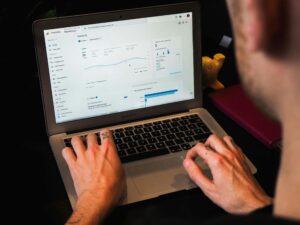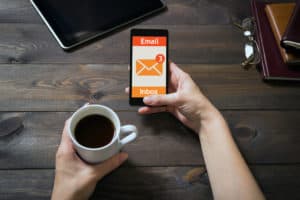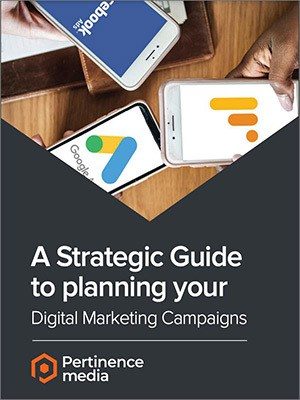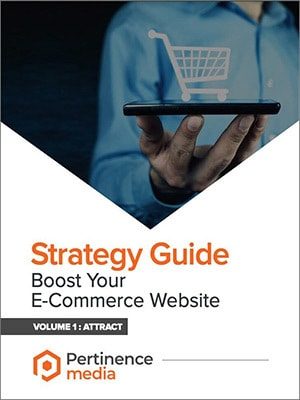During the past couple of years, many experts have spoken out on the future of retail. Few of them saw a glorious future for traditional retail trade, while ecommerce was gaining more and more market share.
Yet here we are in 2018, as physical stores are regaining more and more importance, and are becoming a key element in retail sales. There are many reasons for this change in consumer behaviour: the consumer’s experience when visiting a store, the physical interactions with the product or the human approach that the seller can offer.
Understanding Drive-To-Store
And so no, the retail business is not dying! It simply evolves, and takes advantage of digital technology to improve the customer experience. One of the best approaches to combining traditional and digital retailing is a Drive-To-Store strategy package.
Drive-To-Store, also called Drive-to-Shop, is the set of marketing actions aimed at attracting consumers to a physical point of sale using tools related to the Internet and mobile technologies. Following this logic, we decided to present various marketing actions to be considered when creating a Drive-To-Store campaign. These strategies will be divided into two main categories: Google Ads Search, and Facebook.
Search Campaign: Target Local!
According to Google, 75% of people use search engines to find out information about a product/service. In addition, 75% of people doing relevant research are then likely to visit a business according to the research. Google’s study also shows that local searches are the ones that attract the highest traffic in stores. The main objectives of this research are to find the prices of a product, to validate if an item is available, to find the address of the nearest store and to obtain its phone number.
Considering these statistics, here are some important actions to consider.
Aiming local
80% of consumers expect to have local elements in their search ads. That being said, when you create an ad that is intended to attract people to the store, it is essential to include the city or address in the ad. This address can be inserted directly into the announcement, or can be added as a location extension. The extension is automatically generated according to the geographical position of the search, which is much easier in creating the ad. However, this requires that we have correctly configured our branches in Google My Business. The process is a little more complex, but the results are worth the effort. The following screenshot takes the example of Discount car and truck rental in its local search campaign approach. We can see that in the announcement, the branch address is automatically integrated.
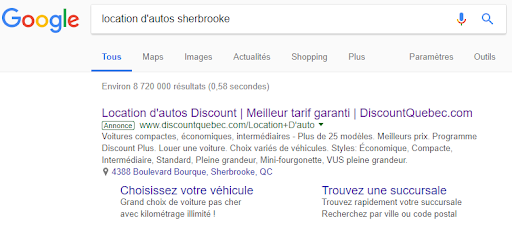
Have the correct call-to-action.
60% of consumers use call-to-action buttons such as: getting directions and calling on ads. Once again, this is an extension of the ad to be added to encourage in-store traffic. The call extension is actually an excellent way to communicate with consumers who are very advanced in their purchasing process. Those who take the time to call are usually people who are ready to make a purchase. It is therefore essential to have this type of extension in your ad to attract this type of consumer to your stores.
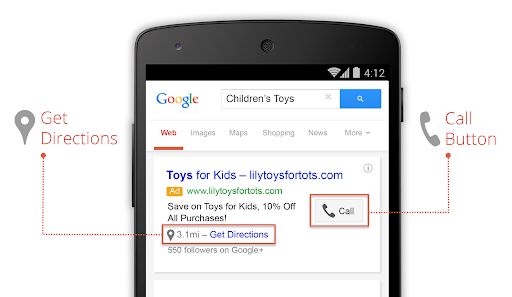
Aiming for the mobile
50% of consumers who search on their smartphones visit a store within 24 hours. Also, 18% of mobile local searches lead to a sale within 24 hours. Considering this, it is important to have a mobile thinking in our campaign strategy. An interesting option would be to adjust the bids according to the device. In the Devices section of your campaign, you can apply a bids increase of 30 to 40% for mobile devices. This small change could make a big difference to the performance of your ads.
Other strategies
Other strategies can also be applied to encourage people to come to the store. It is possible to adjust the appearance of our ads according to the opening hours of your business. In the Ad Schedule menu, you can adjust the appearance of ads according to these opening hours. In this way, you maximize your advertising investment during important business hours. However, you have to be careful, because this kind of strategy is not recommended for a company that sells online. However, for a catering company, for example, this strategy is highly recommended. In short, the key to success when thinking mobile is to be present in the moments that matter!
It is also possible to use promotional vouchers, which can be viewed as an ad extension. The advantage of this type of coupon is that it is possible to make them usable only in stores. This forces consumers to move within the store to use it.
Facebook Campaign: Promote in-store interaction!
On Facebook, it is much less obvious to have a successful Drive-To-Store strategy. Unlike Google Ad Search, with Facebook it is advertisers who initiate customer contact. This makes it much more difficult to reach consumers who are ready to buy. However, it is possible to implement strategies that will increase the visibility of your local businesses, and eventually attract your customers to the store.
Use Facebook Places
The first step in a Drive-To-Store strategy is to own (if necessary) Facebook Places linked to your main page. This step is crucial since some local campaigns result from it. Also, when people search on your brand, the nearest locations will be automatically proposed according to their geographical location.
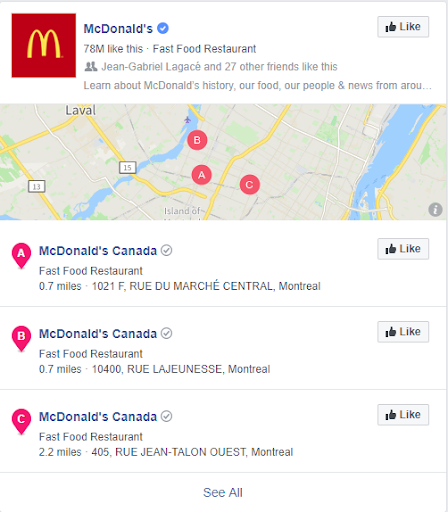
Create a local campaign
Once Facebook Places are configured, it is possible to create a local campaign that will use these locations. To do this, you must choose the store visits objective By choosing this objective, you will then be able to associate your campaign with your Facebook Places, in the Business Location section.
The purpose of this type of campaign is to be able to automatically geotag your ads according to the nearest branch. This way, when the Facebook user sees your ad, it will be accompanied by a map showing the nearest branch. Then use a compelling message, as well as a Get Direction call-to-action, and your ad will be optimized to attract your audience to the store. The example below from Jasper’s Market illustrates the type of ad you can produce with our recommendations.
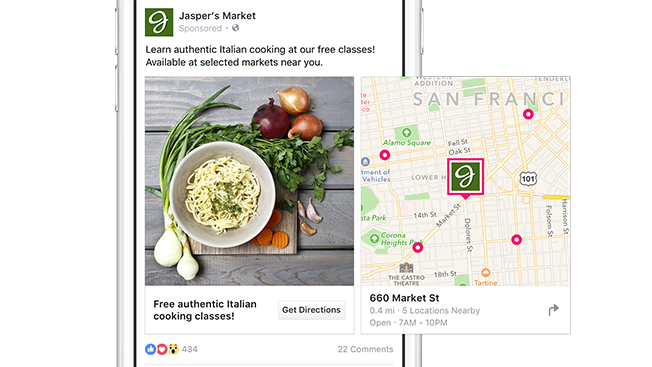
Use promotional vouchers
If you want a more aggressive initiative, it is also possible to use coupons. The coupon is programmable in the Offer section of your adset. When you create your coupon, you will have the option of making it valid, only in store, which will force your audience to travel to use it. Once again, the use of Facebook Places is strongly recommended since coupon ads also offer a map that automatically adjusts itself according to the geolocation of the target person.
Use the Market Place as a placement
Finally, when you create a Facebook campaign, you can display your ads in the Market Place. In this way, you will reach an advanced clientele in their purchasing process as they consult purchasing opportunities. It is an ideal place to display ads including your product catalog.
Do you still have any questions?
It is obvious that creating Drive-To-Store campaigns can be complex if you are not used to doing it. The associated strategies will obviously be different from a chain of fast food restaurants to the sale of seasonal products such as lawn tractors. It is therefore important to understand your customers’ behaviour before implementing your Drive-To-Store strategy.


